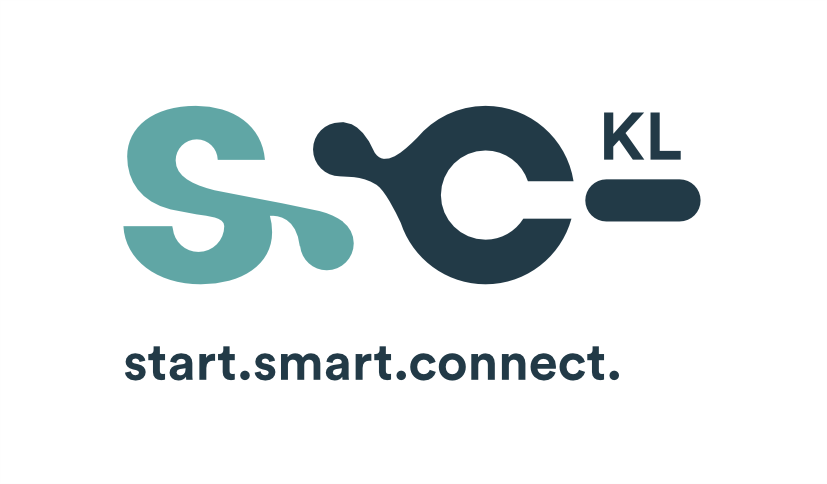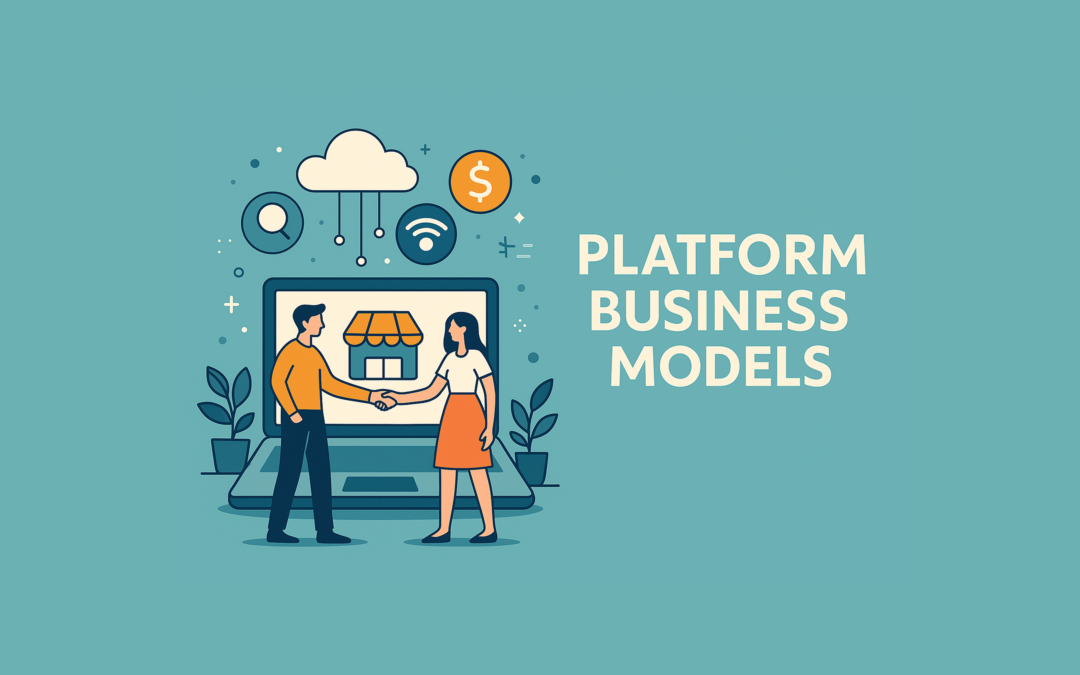Platform business models with Prof. Dr. Dennis Steininger
Platform business models such as Amazon, Ebay, AirBNB and Facebook are among the most successful start-ups in history and characterise our current social life. Our course is suitable for anyone who is interested in the topic of platform business models, be it a founder or simply out of curiosity. We start with an introduction to the term and then explain the different types of platforms, including peer-to-peer marketplaces, social networks and sharing economy platforms. We also look at the chicken and egg problem, i.e. how to get sellers or buyers onto your platform. We will provide you with 5 approaches on how to successfully launch a platform business model.
We were supported in this course by Dr Dennis Steininger from the Chair of Entrepreneurship at the Rhineland-Palatinate Technical University of Kaiserslautern-Landau. Thank you very much!
Video 1: Fundamentals of network markets and platforms
Video 2: Challenges when founding a company in network markets
Video 3: Launch strategies for platforms
FAQ - Frequently asked questions
What distinguishes platform business models from traditional business models?
Many participants ask themselves: “Is a platform just an online shop?” No. Traditional business models create value by manufacturing and selling products or services. Platforms, on the other hand, bring suppliers and consumers together. The actual value is created through the interaction between both sides, which the company organizes and facilitates.
How do network effects work on platforms?
A common point of confusion is the terms “direct” and “indirect” externalities. Direct network effects mean that the more users are active on a site, the more valuable the platform becomes for other users in the same group (e.g., WhatsApp). Indirect network effects arise when more participants on one side increase the attractiveness for the other side (e.g., many drivers on Uber attract more passengers).
Why is it more difficult to launch a platform than other business models?
Participants often ask, “Why isn’t it enough to just put the platform online?” The reason is the so-called chicken-and-egg problem: without providers, there are no customers—and without customers, there are no providers. So, in the beginning, it is difficult to win over both sides at the same time.
How can I solve the chicken-and-egg problem in practical terms?
A typical question is, “Who should I approach first?” That depends on your industry. Basically, it helps to consciously “subsidize” or artificially fill one side. Examples: Pre-produce content (YouTube), attract providers with special conditions (Airbnb), or recruit the first users yourself (Uber rides initially with employees).
What are the most common mistakes when launching platforms?
Many founders want to start big right away – nationwide or internationally. It is more successful to start small and focused, e.g., in one city or niche. Another mistake is to focus too much on technology and neglect community building.
How can I tell if my platform model is viable?
Important indicators are: growing user numbers, increasing interaction rates, and the fact that both sides derive added value from using the platform. If users come back regularly and new users join through recommendations, that is a strong signal.
Can platforms also be launched without extensive technology?
Yes, many platforms were initially launched manually—e.g., through simple spreadsheets, groups on social networks, or personal referrals. Technology is important, but the decisive factor is whether you can bring both sides onto the platform and initiate interactions.
Glossary
Platform Business Models
Short definition: Business models that connect providers and consumers on a digital or physical platform and facilitate transactions.
Benefit: Enables scalability through network effects.
Example: Airbnb connects travelers with hosts.
Chicken-and-Egg Problem
Short definition: The challenge of starting a platform, as users join only if enough others are already active. Companies face the dilemma that providers won’t join without demand, and consumers see no value without supply. Therefore, one side often needs to be actively supported or subsidized to build the necessary momentum.
Benefit: Explains why launching platforms is particularly challenging.
Example: Without drivers no riders, without riders no drivers on Uber.
Launch Strategies
Short definition: Approaches to successfully launching a platform and acquiring initial users.
Benefit: Helps overcome the chicken-and-egg problem.
Example: Exclusive invitations or starting in niche markets.
Network Markets & Platforms
Short definition: Markets where the value of a product or service increases as more users participate.
Benefit: Explains the importance of network effects.
Example: Social media platforms gain value as the number of users grows.
One-Sided Network Markets
Short definition: Markets where only one user group benefits from increased participation.
Benefit: Simpler market structure.
Example: Messaging apps like WhatsApp.
Multi-Sided Network Markets
Short definition: Markets where multiple different user groups are connected through a platform.
Benefit: Creates added value through interaction between different sides.
Example: Amazon Marketplace connects buyers and sellers.

Hi, i'm Lukas
and I manage the e-learning program. Do you have any further questions? Feel free to contact me via email: theisen@gruendungsbuero.info

